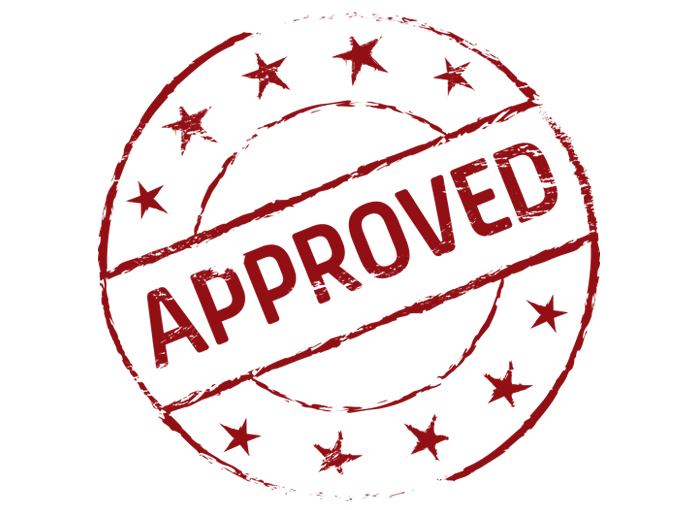
How you are reimbursed now for your services has drastically changed from how it used to be five years back. Reimbursement for claims is ever changing. To keep pace with the changing dynamics, dental providers need to keep working on their revenue cycle management and keep improving.
The percentage of claims over 120 days tells you that you have a lot of your money still hanging in limbo in the form of uncollected claims. Proper monitoring and management of each step of pre-billing services can help lower down the turn around time of claim reimbursement and also claim denials to a large extent.
In this article, we discuss a few points which will help you improve revenue cycle management to get faster reimbursements.
Thorough Dental Insurance Verification of a patient’s eligibility is one of the most important steps in ensuring clean claims. However, this step is highly prone to errors too. Each insurance policy has its own specific standards and protocols when it comes to the approval of claims for rendered treatments. The dental staff has to check the patient’s age, insurance validity & dependency, active benefits, medical history, correct information, less expensive treatment options, etc. when scheduling any treatment plan. Each of these information, if not verified prior to the treatment, can lead to high insurance reimbursement turnaround time and even claim denials. Therefore, in-depth knowledge of every patient’s policy becomes of utmost importance for the person handling all this information. Additionally, one has to stay up-to-date with every change & update in the policy and cross-check in case of any uncertainty.
Insurance companies have bifurcated dental treatments in three categories: preventive, basic, and major. Annual and Semi-annual dental appointments come under the preventive category. Procedures like gum disease, extractions, fillings, and root canals come under the basic category. Similarly, procedures like crowns, bridges, dentures, and inlays are encapsulated under the major category. While most of the insurance policies pay 100% for the procedures categorized under preventive categories, only 80% is paid for the basic category, and 50% is paid for the major category procedures. However, the percentage of coverage differs with every significant policy. The remaining percentage of the procedure fee (coinsurance) has to be paid by the patient. However, in many cases, patients are not aware of the cost bifurcation and coinsurance terms of the policies when applying for dental claims. Such scenarios create disputes and disagreements, which can further hinder revenue generation and the claim submission process. Therefore, it becomes necessary to aware the patients about the details of the insurance policy before going forward with the treatment. It is also a good idea to charge the patient right after treatment completion to avoid any requirement of further follow-up.
The primary goal of the whole billing process is to process clean claims. Submitting clean claims ensures a lesser turnaround time of the dental claim reimbursement. Any mistake or error in the claims can drastically impact the revenue collection.
The first step of clean claim submission is accurate coding for treatments. One has to ensure the precise code for the given treatment as codes can differ even in case of minor anomalies.
The second step is forming a proper narrative of the provided treatment, along with the self explanatory reason for the required treatment. Additionally, ensuring the presence of every required and supported documents along with x-rays has to be taken care of when submitting the claim.
The third step is submitting the claims on time. Delay in the claim submission is one of the major reasons for claim denials. On-time claim submissions can be achieved by submitting the claim right after the completion of treatment. However, one should not be hasty for the same, as precipitous dental claim handling can also contribute to claim rejections.
Claim denials can’t be avoided fully even after taking every possible precaution while submitting the claims. However, claim denials do not necessarily mean revenue loss. Reimbursements on the denied claims are possible, given that the reasons behind the same are not irrevocable. Filing an appeal, fulfilling all the requirements along with constant follow-ups on the claims can lead to claim approval.
Another option that can lead to claim approvals is PDA. PDA can conduct an evaluation procedure with the help of member dentists (peer review). If the conclusion of the evaluation is in favor of the dental practitioner, it can persuade the insurance company to approve the claim.
Following these steps can ensure claim approval within the expected time. Handling such a tedious process meticulously requires a profound knowledge of various insurance policies along with an ample amount of time. However, managing the complete revenue cycle by themselves can be overwhelming for dental practitioners and can hamper the treatment quality.
What could be done to make the complete procedure more manageable?
The first option could be hiring some dedicated employees to handle all the dental office’s finances. However, this decision could be cost burdening. Furthermore, any mistake in document handling will ultimately be the responsibility of the dental practitioner.
Another prominent option could be outsourcing dental billing services. Dental billing support companies have a prolific team for each of RCM tasks such as patient verification, insurance handling, claims coding and submissions, denial management, and follow-ups. Delegating your finance handling tasks to reliable and experienced dental billing support companies can save a great deal of time and effort, along with making the dental office’s functioning smooth and efficient.